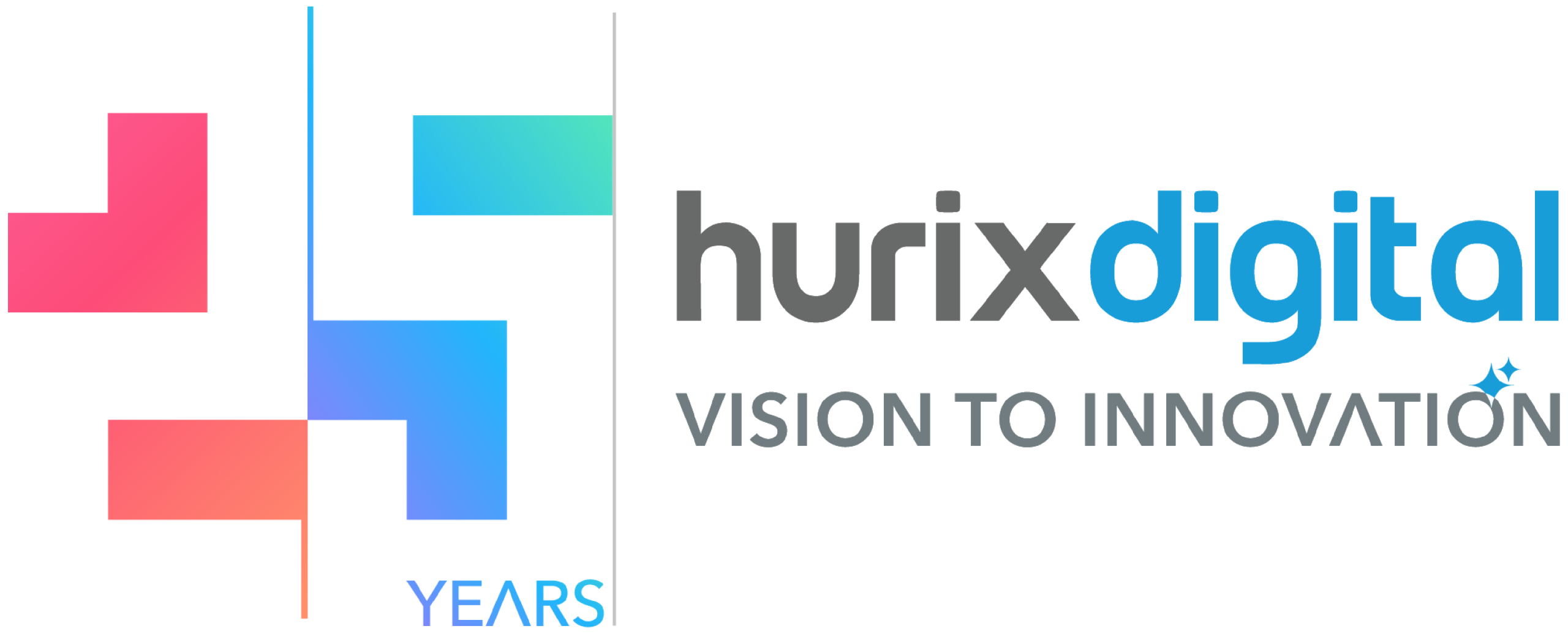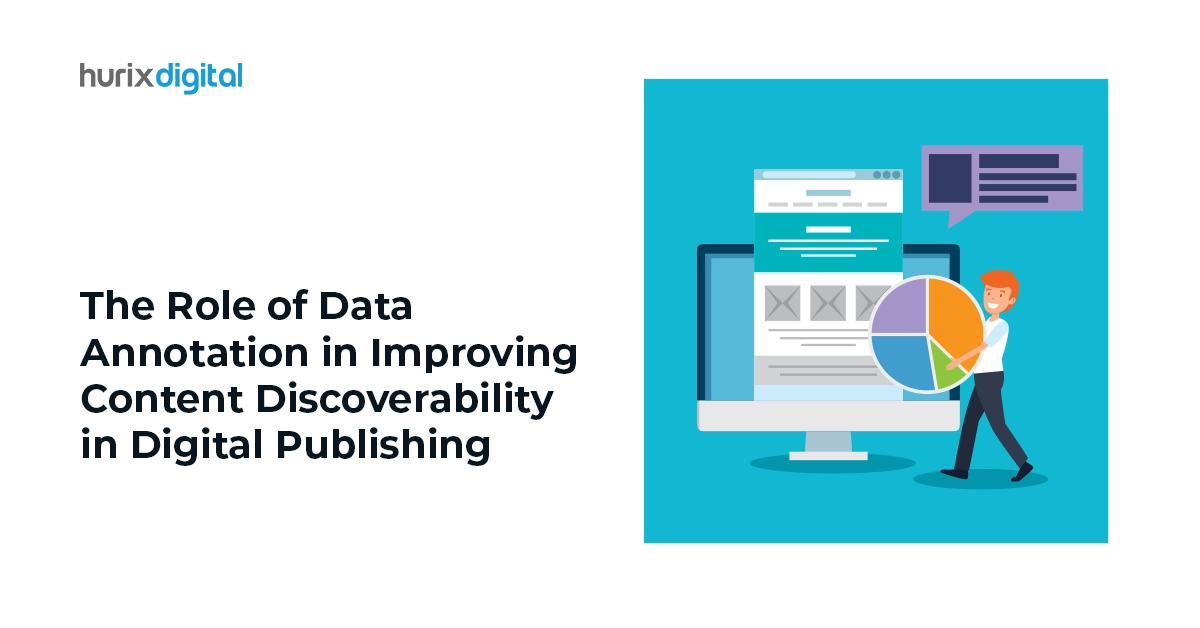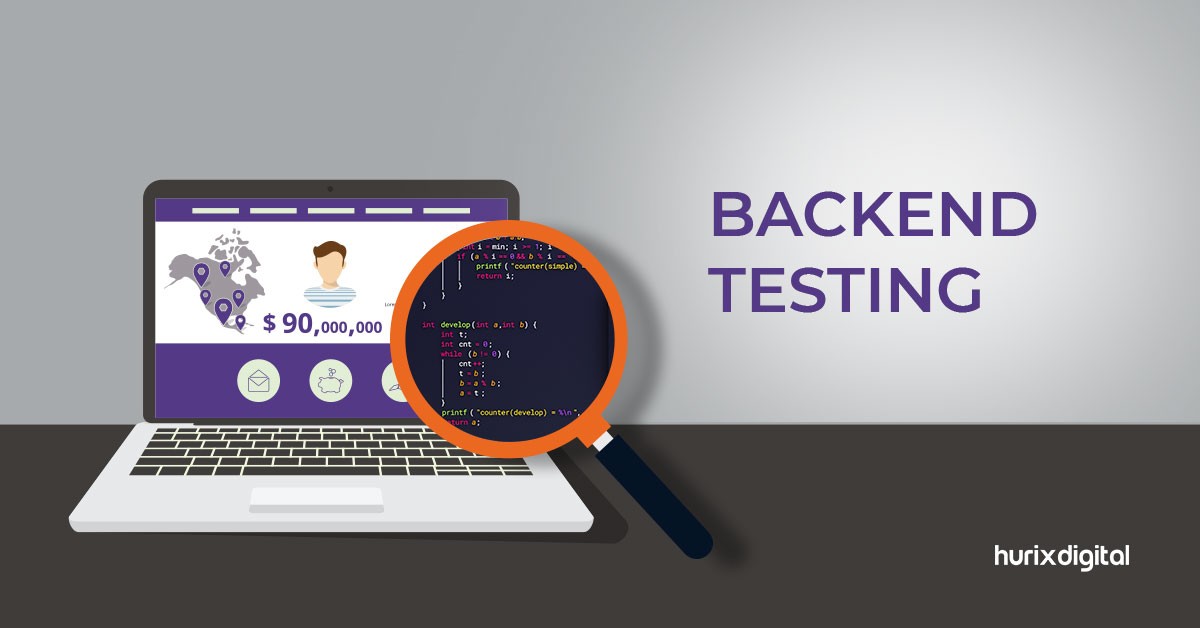
The Complete Data Annotation Services Guide to Tools, Quality, Security, and Scale
Summarize with:
Data annotation services are often seen as a tedious, behind-the-scenes job in AI. While everyone obsesses over algorithms and architectures, annotation quality quietly determines whether your AI rises or falls flat. It is like building a race car…the engine gets the attention, but you can not get around the first bend without excellent tires.
But the question is, how do you start at all? Selecting the proper annotation tool is not a piece of cake. Then there’s the tricky question of measuring quality beyond simple accuracy scores. And what about inherent biases lurking in your data? How do you find the best annotation types accelerating specific model performance improvements? Over the years, we have developed a few frameworks to tackle these questions. Let’s dive into ten crucial aspects of data annotation, from choosing the right tools to ensuring data security, and we can avoid a few of those costly mistakes together.
Table of Contents:
- Which Annotation Tool Best Fits Your Model and Budget?
- How to Measure Annotation Quality Beyond Simple Accuracy Scores?
- What Innovative Strategies Combat Inherent Annotation Bias in Datasets?
- How Does Synthetic Data Augment Limited Real-World Annotated Data?
- What are Effective Strategies for Scaling Annotation Teams Efficiently?
- How to Ensure Data Security and Privacy During Remote Annotation?
- Which Annotation Types Accelerate Specific Model Performance Improvements?
- What’s the Best Approach for Continuous Learning in Annotation Workflows?
- How Do You Evaluate Total Cost of Ownership for Annotation Services?
- How to Choose Between In-House or Outsourced Annotation Solutions?
- A Final Word
Which Annotation Tool Best Fits Your Model and Budget?
Choosing annotation tools feels like dating, where every prospect looks nice in their profile, but compatibility is what counts. One retailing client learned this after buying enterprise annotation software that their team refused to use. Too complex for simple bounding boxes, and too rigid for their workflow. Million-dollar shelf decoration!
The tool landscape is divided into three camps:
- General-purpose platforms
- Specialized solutions
- Build-your-own adventures.
General platforms like Labelbox or V7 work well if your needs are standard. Need to label cats and dogs? Perfect. Need to annotate medical imaging with 47 different tissue types? Maybe not.
Smart money looks at the total annotation cost, not just the tool cost. If a pricier tool doubles an annotator’s productivity, it pays for itself quickly. Tool selection should start with a pilot. Not a demo. Real pilot with real data and real annotators. One healthcare AI team ran pilots for weeks with three tools. The winner didn’t have the most features or the best price. It was the one where annotators actually smiled while working. Remember, happy annotators make quality annotations.
In short, match tool complexity to task complexity. Simple tasks need simple tools. Complex tasks need specialized ones. And always, always pilot with your actual team. The best tool is the one your people will actually use effectively.
How to Measure Annotation Quality Beyond Simple Accuracy Scores?
Accuracy is the vanity metric of annotation. It looks good in reports but tells you almost nothing useful. Like measuring a chef by how many dishes they cook, not how they taste.
Real quality measurement starts with inter-annotator agreement (IAA), but that’s just the beginning. Three annotators agreeing doesn’t mean they’re right. Maybe they’re all wrong the same way. Edge case handling separates good from excellent annotations. Anyone can label a clear image of a stop sign. What about partially obscured ones? Faded ones? Stop signs with graffiti? A self-driving car company tracks annotation quality specifically on edge cases. Their metric: how often does the model fail on weird stuff it should handle?
The most overlooked metric is time to consensus. How long do annotators debate before agreeing? Quick consensus on clear cases and longer discussions on ambiguous ones. Instant agreement on everything? They’re probably not thinking hard enough. One team added “ambiguity flags” where annotators could mark uncertain cases. This is a high-value data point.
Leading organizations create quality dashboards that combine multiple metrics: agreement rates, edge case performance, temporal consistency, and performance trends. No single number captures quality. It is a multi-dimensional puzzle in which each piece counts.
What Innovative Strategies Combat Inherent Annotation Bias in Datasets?
Now, let’s talk about annotation bias. It’s a sneaky beast. This project was where we built a model to detect skin cancer from images. It seemed straightforward. We had a huge dataset, meticulously labeled by dermatologists. However, while accurate on the test set, the model was bombed entirely in the real world. Why?
Turns out, the dataset heavily over-represented fair-skinned individuals with clear, textbook examples of lesions. Real patients? A lot more diversity in skin tones, lighting, and the presentation of the disease. The model had learned to recognize “skin cancer on white skin under ideal conditions,” not, you know, actual skin cancer.
Confronting the problem of annotation bias needs a multi-faceted advancement that not only involves superficial variance. These are the best practices other top-tier organizations employ to achieve a systematic bias reduction of their annotation workflows.
1. Adversarial Debiasing
Well, one promising approach is adversarial debiasing. It’s about training a secondary model to predict the annotator’s biases–things like their background, training, or even the equipment they used. Once you have that biased model, you can penalize the main task (like image classification) for relying on those biased features. It’s like saying, “Hey, model, stop thinking about the fact that all of these photos were done using the same camera!! It is the real disease you need to concentrate on!!”
2. Active Learning
Another thing that I’ve seen is active learning. Instead of passively accepting whatever data comes along, you actively select examples where the model is most uncertain. In these cases, where the annotation quality might be questionable or the data itself is ambiguous. Then, you get those examples re-annotated, maybe by a different group of annotators, or through a more rigorous process. It’s like being a detective, always looking for the weak points in the evidence.
3. Data Augmentation
Data augmentation is a good one, too. Augmentation helps when you can synthetically generate more data that balances out the bias. For example, if we are dealing with the skin cancer dataset above, we can alter the skin tone digitally to balance the dataset.
Of course, there’s no silver bullet. It’s a constant process of auditing the data, questioning assumptions, and experimenting with different techniques. Sometimes, it’s as simple as just having a more diverse team of annotators.
How Does Synthetic Data Augment Limited Real-World Annotated Data?
Real data is messy, expensive, and never enough. Synthetic data promises unlimited clean samples. Reality? It’s complicated. The key is strategic augmentation, not replacement. An imaging company had annotated more than a thousand brain scans, but it wasn’t enough for robust AI. Instead of synthesizing completely fake brains, they augmented real scans. They rotated, adjusted contrast, and added realistic artifacts. Each real scan became 100 training examples. The same annotation effort, 100x the data.
Domain gap is the killer. Synthetic data often looks synthetic to models, no matter how pretty to human eyes. Also, synthetic data shines for rare events. Need examples of factory equipment failing? Waiting for real failures is expensive and dangerous. One manufacturing company simulated failures in software, generated synthetic sensor data, and trained predictive maintenance models. When real failures occurred, the models were ready.
Hybrid approaches work best. Start with real annotated data to understand the domain. Generate synthetic variations to increase volume. Use real data to validate synthetic quality. Do not forget that synthetic data is not magic; it is a tool. It functions when you know why you require it. Volume problem? Synthetic helps. Diversity problem? Maybe. Quality problem? Synthetics make it worse. One team wasted months generating synthetic data when their real issue was annotation guidelines. More bad data didn’t help.
What are Effective Strategies for Scaling Annotation Teams Efficiently?
Scaling annotation teams is like herding cats while teaching them neurosurgery. One day you have five experts producing quality work. Next month, you need fifty people to maintain the same standard. Most companies throw bodies at the problem. Chaos ensues.
The traditional approach of hiring fast and training later often creates quality nightmares. One e-commerce giant scaled from 10 to 100 annotators in a month for holiday season prep. Quality crashed so hard that they had to redo three weeks of work.
Micro-specialization beats generalization at scale. Instead of training everyone on everything, create specialists. One medical annotation team has specialists for different body systems. A cardio expert annotates hearts, and a neuro expert handles brains. Deeper expertise, faster annotation, better quality. Assembly line thinking applied to knowledge work.
Technology increases efficiency in human beings. Intelligent task routing refers to cases that are still easy for a newcomer and difficult for a specialist. One of our clients significantly increased efficiency through improved annotator-task matching. Annotation with the help of AI also assists; one should guess first, and a human should fix the errors. Quicker than a ground-up approach.
Cultural scaling matters as much as numerical scaling. Ten people sharing coffee naturally build culture. Hundred people across time zones? They need intentional culture building.
How to Ensure Data Security and Privacy During Remote Annotation?
Remote annotation sounds great until you realize you’re sending sensitive data to strangers’ laptops. One healthcare company discovered that its annotators were working from coffee shops on medical images, a HIPAA violation waiting to happen. The remote work revolution needs a security revolution.
Privacy-preserving annotation techniques are evolving fast. Differential privacy adds noise to data while preserving annotation utility. Audit trails matter more than prevention sometimes. Can’t prevent all bad behavior, but you can detect it. One of our clients logs every annotation action with screenshots. Annotator suddenly annotating 10x faster than usual? Flag for review. Unusual access patterns? Investigate. It’s not spying; it’s trust with verification.
Training isn’t enough; design for security. Every security training says, “We don’t share sensitive data.” Then systems make sharing easy and securing hard. Smart organizations flip this. Make the secure path the default path. Annotators follow the flow, and security happens automatically.
Which Annotation Types Accelerate Specific Model Performance Improvements?
Not every way of marking up data is the same. Bounding boxes are the fast food of annotation-quick, cheap, and often just enough to get by. Yet, if you feed your model on fast food alone, its talent will stay stuck on the same basic level.
The annotation hierarchy maps directly to model capabilities. Classification tells you “what,” bounding boxes tell you “where,” segmentation tells you “exactly where,” and relationships tell you “how things connect.”
3D annotations transformed autonomous vehicle development. Flat 2D boxes can’t capture car orientations or distances. Similarly, temporal annotations unlock video understanding. Frame-by-frame annotation treats video like fast slideshows. Real temporal annotation tracks objects, actions, and relationships across time.
Hierarchical annotations accelerate learning. Instead of flat labels, structured ontologies. Not just “dog,” but “animal > mammal > canine > dog > golden retriever.” Models learn faster when annotations encode relationships. One biology research team achieved faster convergence using hierarchical labels for species classification.
What’s the Best Approach for Continuous Learning in Annotation Workflows?
Static annotation will be dead soon. Models deployed in the real world face data drift, new edge cases, and evolving requirements. One chatbot company annotated thousands of conversations, deployed their model, and watched performance decay within months. Language evolved, but their annotations didn’t.
The continuous learning loop starts with production monitoring. Not just model metrics but actual failure analysis. When models make mistakes, those failures become tomorrow’s training data. Feedback loops need careful design, though. Naive approaches create feedback disasters. One recommendation system learned from user clicks, and annotators labeled clicked items as “relevant.” Problem? Users click on clickbait. The model learned to recommend garbage. Feedback does not correspond to truth; it is a signal that needs interpretation.
Version control for annotations sounds boring, but it saves projects. Data changes, guidelines evolve, and understanding improves. Without versioning, you can’t reproduce results or understand degradation.
The human-in-the-loop balance is delicate. Too much automation and quality suffer. Too little and costs explode. Continuous learning requires continuous quality assurance. As data evolves, so do quality challenges. Old test sets become stale. One team refreshes its quality benchmarks monthly, sampling from recent production data. What was measured as quality last year might miss problems today.
How Do You Evaluate Total Cost of Ownership for Annotation Services?
Total cost of ownership (TCO) calculations for annotation services are where CFOs cry and data scientists lie. Everyone focuses on per-label costs. “We’ll annotate images for $0.05 each!” Sounds great until you factor in rejection rates, management overhead, and the three months of rework when quality issues surface.
Hidden costs lurk in every corner. Writing clear annotation guidelines takes weeks of expert hours. Training the actual annotators is a repeated, steady expense. Quality checks, once started, never really stop, and they can cost as much as the original work.
Strategic value extends beyond simple cost numbers. Building internal annotation capability costs more initially but provides control, security, and the accumulation of domain expertise. One pharmaceutical company invested millions in internal annotation teams. Expensive? Yes. But their annotation expertise became a competitive advantage in drug discovery AI.
How to Choose Between In-House or Outsourced Annotation Solutions?
The build versus buy decision for annotation resembles choosing between cooking and dining out. Sometimes you need full control over every ingredient. Sometimes you just need good food fast.
Outsourcing promises simplicity but hides complexity. The vendor handling “everything” still needs your guidelines, edge case decisions, and quality standards. One e-commerce company learned this after receiving technically correct but business-useless annotations. The vendor labeled “shirts” perfectly. Problem? The business needed style subcategories that the vendor didn’t understand.
Hybrid models often work better. Core expertise stays internal, but the volume of work goes external. One healthcare client keeps annotations in-house for complex cases but outsources basic anatomy labeling.
Geographic arbitrage isn’t an automatic advantage. Yes, offshore annotation costs less per hour. But factor in communication overhead, time zone challenges, and cultural context gaps. Remember that speed requirements ultimately drive decisions. Need millions of annotations next month? Outsourcing might be the only option. Building internal capacity takes time.
A Final Word
Data annotation rarely grabs the headlines in AI. But honestly, it decides whether your models race ahead or fail. In this blog, we’ve tackled real-world headaches: choosing the right tools, looking past the obvious when measuring quality, fighting bias, and locking up sensitive data. It’s a challenging path, but conquer it, and the rewards speak for themselves.
At Hurix Digital, we’re all about tackling these hurdles with you. Our team brings hands-on expertise to every step, from crafting smart strategies to scaling annotation crews without the chaos. Reach out today to see how we can fuel your AI journey and turn challenges into results.
Summarize with:

Vice President – Content Transformation at HurixDigital, based in Chennai. With nearly 20 years in digital content, he leads large-scale transformation and accessibility initiatives. A frequent presenter (e.g., London Book Fair 2025), Gokulnath drives AI-powered publishing solutions and inclusive content strategies for global clients
 Upcoming Masterclass | Build an Army of Brand Evangelists using Training & Development | November 20th, 8:30 AM PDT | 11:30 AM EDT | 10:00 PM IST
Upcoming Masterclass | Build an Army of Brand Evangelists using Training & Development | November 20th, 8:30 AM PDT | 11:30 AM EDT | 10:00 PM IST




